‘Tis the holiday season. Everyone is jingle belling and out shopping for presents and spending time with family and friends, but you’re grading another stack of papers…err…or avoiding grading another stack of papers. A colleague of mine speaks for ELA classroom teachers everywhere by saying:
When I am cleaning the house and end up (happily) sorting all the office/school supplies…I know I am really just evading grading. It feels good when I’m finished, but getting there, or starting is my problem.
This is the life we lead because our job is more than what happens in the classroom and grading doesn’t like being confined into prep periods. If you’re ready to take another hack at your grading, read on!
Before we dig into today’s tip, let’s recap! In my last post, we started an admittedly tough conversation about grading, and we talked about the need for self-reflection in order to determine “essentials” vs. non-essentials. If you missed that post, feel free to click here to take a look.
What’s Best for Students?

I think it’s always good, as a teacher, to come back to the question of what is best for my students…but that also has to collide with real life. So, how can real life join up with what is best for students and not be a life-sucking, nightmarish black hole that devours my time and teacher soul?
My goal in an ELA classroom is to get students writing more frequently. Writing. A lot of writing. Every day, in different forms, and without fail. Cue the teacher panic. More writing equals more papers equals more time equals no sleep for me, right? Well…that’s where I’ve had to shift my thinking. Do I have to respond formally to everything students write? Score it on a rubric? No. Could I explore other ways to reduce the number of papers I’m looking at, make my feedback more targeted, or even give that responsibility back to the students? Yes!
Consider where you’re spending your time. Effective feedback is both timely and useful. That’s why I don’t spend time writing comments on final drafts (there is one exception to this which I will discuss in a future blog post, so stay tuned!). I want to spend my time where it will benefit students the most – when students are practicing skills and drafting their papers. To make this more manageable, I use collaborative writing to reduce the number of papers I’m looking at and pair that with targeted feedback on my part while students are working in class.
Collaborative Writing is a Win-Win!
One day, I was talking to a teacher friend; let’s just call her my ELA Yoda. She said something about her students writing with a partner whenever possible so that students can benefit from more frequent, structured, in-class feedback from her that is manageable. I heard her message loud and clear: “Partner writing, you must try!” I just wish that I had tried it earlier in my teaching career.
Set-Up for Success with Collaborative Writing
In order for this type of writing to work well, you need to have access to students’ documents. I use Google Classroom, create an assignment, and monitor student progress as they work. In a class of 28 students, this means that I open 14 documents in different tabs instead of 28 documents. Much more manageable already!
If you are not working digitally, you can still walk around and check in with different groups, using a highlighter to quickly mark the physical paper and providing a quick stamp of approval or sticker as a positive affirmation and a quick verbal comment if redirection/re-teaching is needed.
Establish Ground Rules
I also suggest setting some ground rules so that everyone has clear expectations and does his/her part:
- What’s the time frame? What’s the final product? Project a timer, such as onlinestopwatch.com, to help students pace themselves.
- Both partners contribute equally. You can have students write in different colors and/or type every other sentence.
- Give students a skill-based goal for their writing. What will they be working on? Are they expected to apply a skill directly from your lesson? Use a certain number of sentence types?
- Focus your teacher feedback in order to keep it manageable. What will you look for? How will you respond? Color-coding is the quickest for me. You can also respond to student comments about their work to affirm or give a suggestion for continued practice.
Possibilities for Student Writing Collaboration
The possibilities for collaborative writing are varied. You could have students write full-length essays together, or just write a paragraph or two at a time. You can also have students self-reflect by adding comments to their work.
I find that partner writing works really well when students are learning a skill and you are gradually releasing them to independence. Are you getting them ready to write a literary analysis essay? Instead of having students engage in formative writing practice on their own (and then have to respond individually to twice-as-many students), why not challenge them to interact with a peer and write one rock-star paragraph that demonstrates the skills. They’ll benefit from needed feedback during the writing process, and you won’t stay up all night trying to get them back in time for students to actually use the feedback.
Depending on your goals for a particular paired writing experience, you could purposefully group students together based on a pre-assessment/writing skills or allow them to self-select partner(s).
Creative Writing Wednesday in my ELA Classroom
Let’s talk about how I use this every week in my classroom. We have been working to review phrases and clauses in order to help students build sentence fluency. A side-effect that I love: grammar in-context! Students also get to review and fix pesky grammatical errors such as the comma splice, apostrophes, pronoun-antecedent agreement, comma usage, etc. as they write.
You can see one of my Google Classroom posts to the left for “Creative Writing Wednesday.” As you can see at the bottom, I keep my response to students simple and focused. If students see yellow highlighting (highlight the entire sentence or a large chunk of it), they have to fix whatever error(s) are present. For widespread errors such as subject-verb agreement, I’ll make a quick comment to that effect. If students see blue highlighting (highlight two sentences in a row), they must figure out a way to combine sentences together. (I ask students to combine using a specific phrase or clause type, or leave it up to them.) For my blue highlights, I usually look for short, simple sentences or sentences that build on each other. You can also look for sentences that begin in the same way, i.e. subject-verb.
As students write, they either color-code or use the comment function to highlight and identify the phrases/clauses/sentence types they’ve included. I simply respond with a quick note of encouragement, i.e. “Yessss!” or redirection, i.e. “Try again!” I might also suggest a resource or insert a pre-written comment to explain a common misconception, i.e. how to tell the difference between an adjective and adverb clause or between a prepositional phrase and a dependent clause.
Collaborative Writing Student Samples
The more you can incorporate student interest and throw in a little bit of mystery or wackiness, the more students will enjoy writing. Here are some student samples:
The following students are writing about “ninja llamas” and were asked to use a present participle phrase, appositive phrase, infinitive phrase, prepositional phrase, and dependent clause.
The following students are writing about “a helicopter ride to heaven…or hell…” and were asked to use a present participle phrase, appositive phrase, infinitive phrase, prepositional phrase, dependent clause, and relative clause. You can continue to see the comments I’ve made which are soooo quick and easy, creating an instant feedback loop.
The following students are writing “a dating profile for an insomniac alien,” and were asked to use the same types of phrases. We review the phrases at the beginning of the year, and then work on using the phrases to create sentence length and rhythm variation using simple, compound, complex, and compound-complex sentences. We talk about how the phrases can be used at the beginning or end of a sentence, or as an “interrupt” in the middle of a sentence. As students become comfortable with identification and sentence combination, we then work with sentence/paragraph imitations. Throughout the year, students actively consult this sentence structure reference sheet.
The following students are also writing about a “helicopter ride to heaven…or hell…,” but you can see that they are also free (and challenged) to use other forms for writing.
Off-the-Wall Writing Prompts: The Secret Sauce

Try out the prompts and let me know what you think! A little bit of creative fun goes a long way to improve morale and create a positive classroom climate. Students will also be practicing important writing and collaborative skills. Meanwhile, you’ll be happy knowing that your time spent responding to student formative work is manageable!



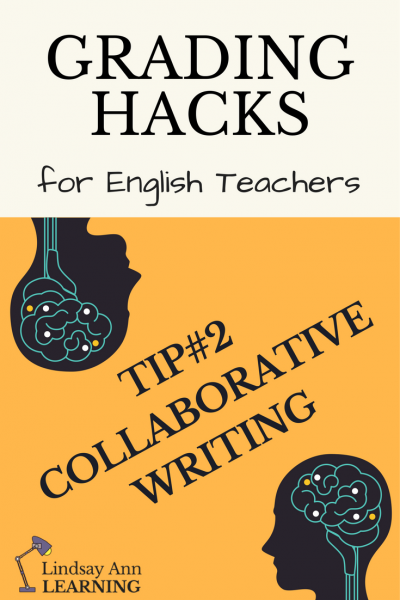

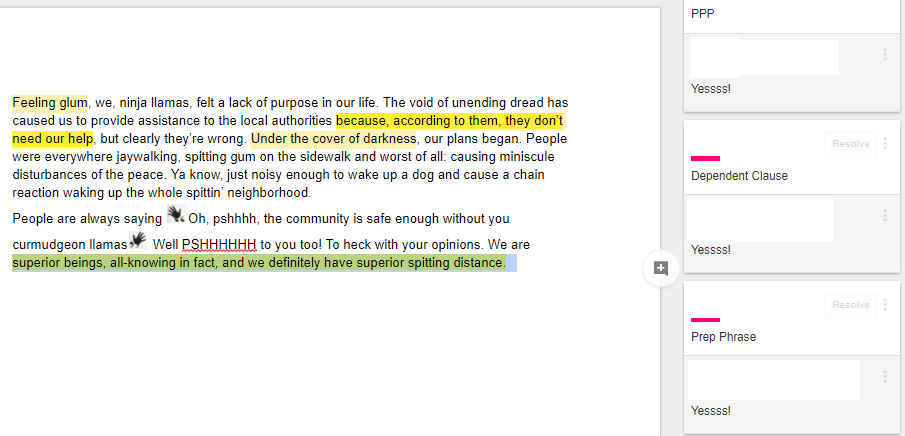

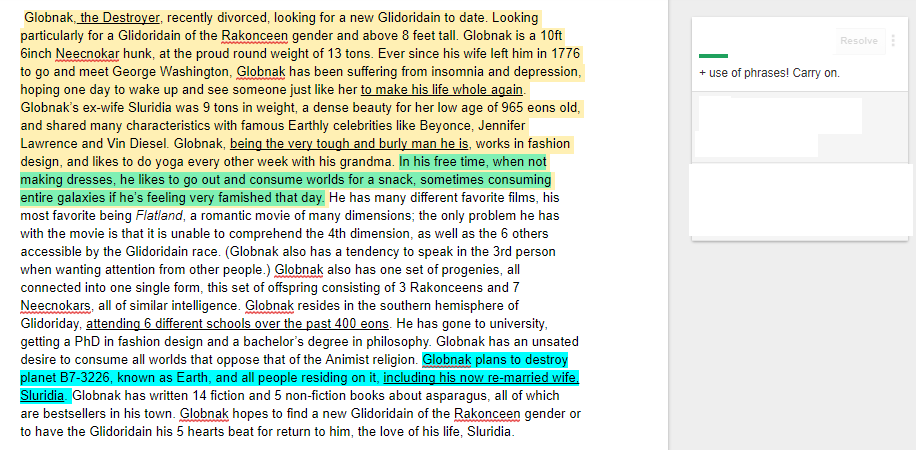
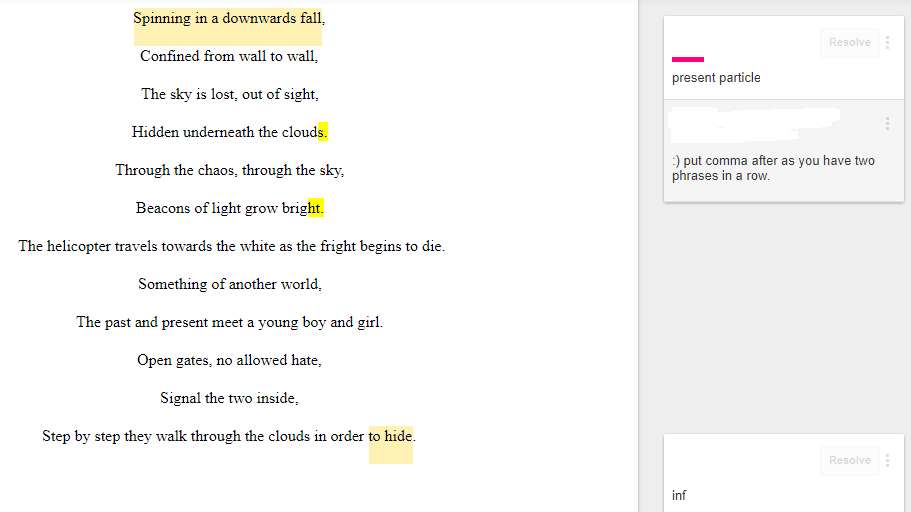
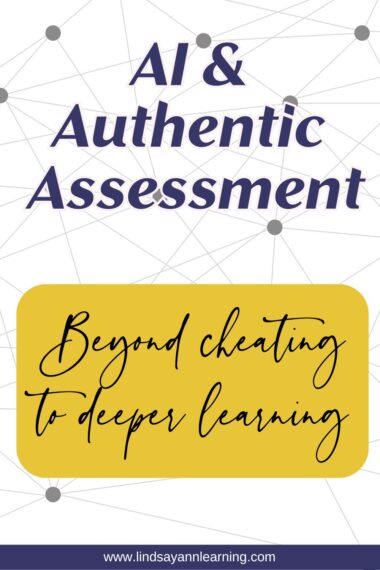
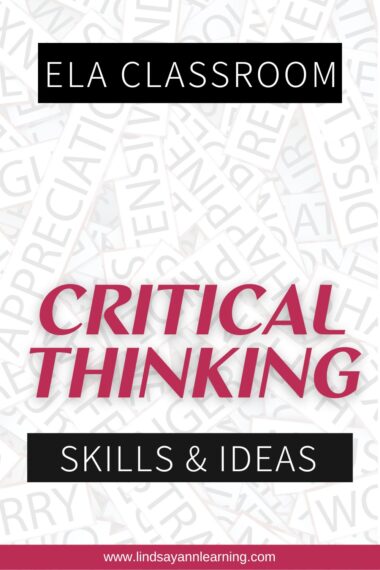










 5 Fun Activities for English Class
5 Fun Activities for English Class
This was awesome! I’ll give it a try ASAP. Thank you!
I’m so glad to hear this, Ana! Please let me know how it goes. 🙂